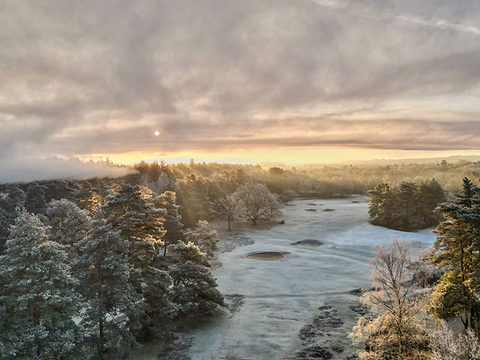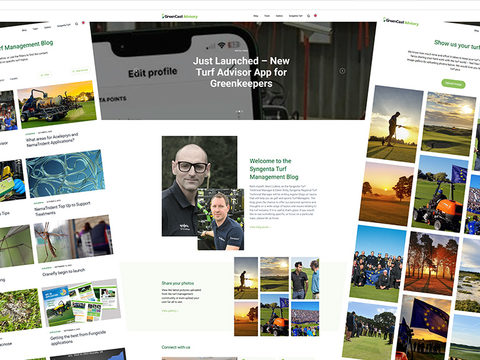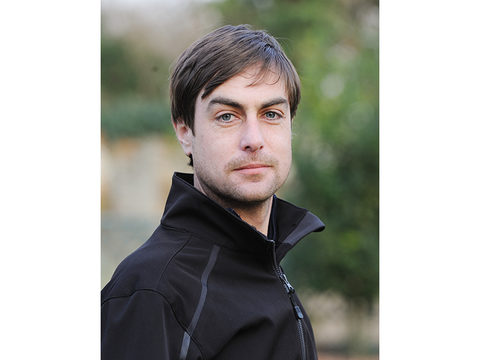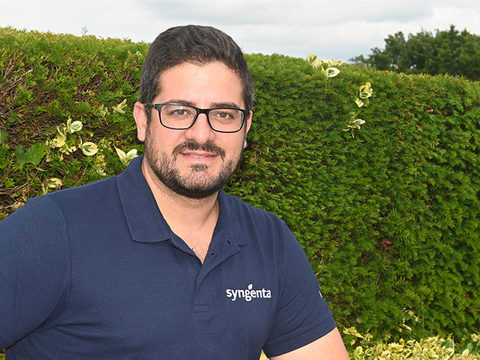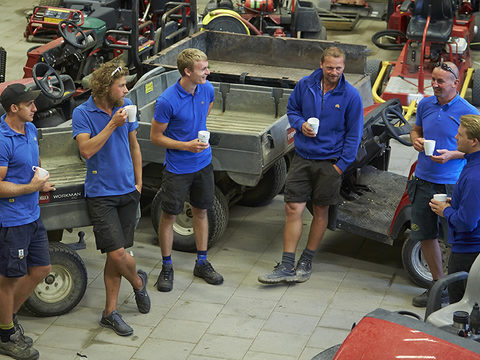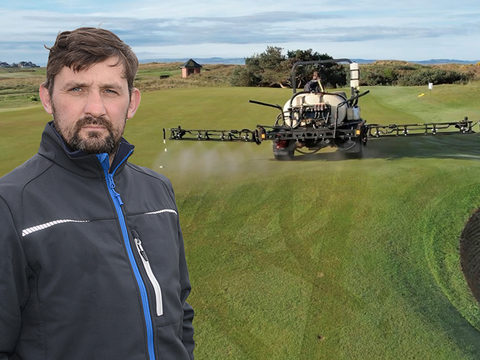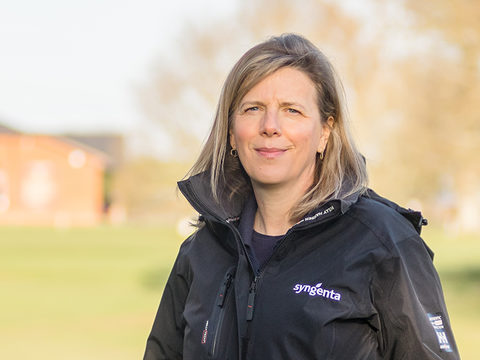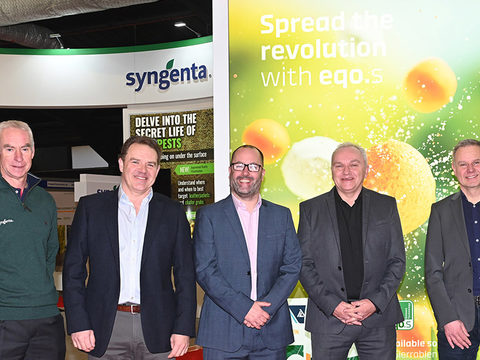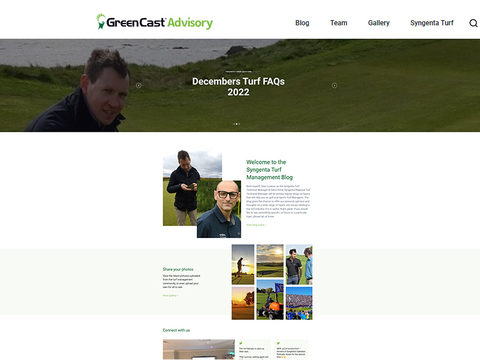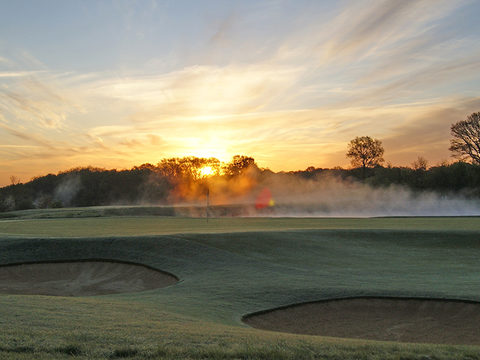Operation Pollinator supports Bees' Needs on course

Bees’ Needs Week in July focussed attention on initiatives to provide essential habitats for beneficial insects, including Syngenta's Operation Pollinator promoting positive action for pollinators on farmland and golf courses.
Bees' Needs Week, set up by Defra to raise awareness of bees and other pollinators shared positive examples and ways in which everyone can continue to help bees and pollinators, writes STRI ecologist, Sophie Olejnik.
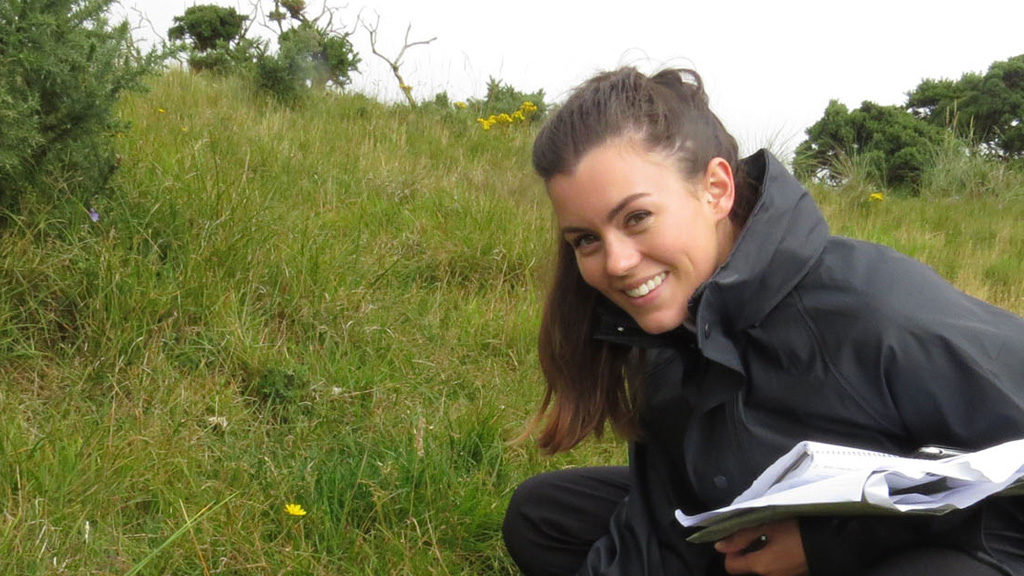
We are three weeks away from the 7 August deadline for entries to Operation Pollinator 2021, so we thought it would be great to take a look at the amazing #OperationPollinator projects that you have been sharing with us so far this year to support Bees’ Needs and hopefully inspire others to join in with the Operation Pollinator movement.
First up, we have loved seeing photos (almost daily!) from Operation Pollinator 2020 winner Richard Mullen at Banchory Golf Club (below). They include some of the numerous nectar-rich patches of wildflowers throughout the golf course.

Of course, it’s not all about wildflowers, often people forget how important grasses can be for invertebrates.

Shaun Cunningham at Mortonhall Golf Club in Edinburgh has been sharing photos of the wide swathes of conservation rough that have recently been created. Bent grasses are the larval foodplant of butterflies including gatekeeper, meadow brown, small heath and Scotch argus.

Fescues, meadow-grasses, cock’s-foot and many other grasses he's pictured in conservation managed rough (above) are also important larval foodplants for a range of butterflies and moths.

Jon Keepen, Head of Conservation at Cumberwell Park, has been busy capturing photos of the extensive wildflower meadows and the invertebratesthat are supported by them, including this marbelled white butterfly (below). There’s no wonder Cumberwell supports so many insectivorous bird species too!

Looking over the Irish Sea, to Lahinch Golf Club in County Clare, where the bee orchid has made an appearance. It’s an exciting find for the declining species in Ireland; it’s now so uncommon that in Northern Ireland the bee orchid is a protected species under the Wildlife (Northern Ireland) Order 1985.

Interestingly, the bee orchid is self-pollinated in the UK and Ireland, as the right bee species does not live here! As a result of self-pollination, sometimes you may spot some freakish, alien-like forms …
One important wildflower that we’ve been seeing a lot of this year is kidney vetch. Thanks to Dundonald Links’ Nectar Network project we now know it's an important foodplant of the small blue butterfly.

Honeybees are also well-supported at hundreds of golf clubs with the introduction of bee hives. Bumblebees are also given shelter on the majority of courses too, but solitary bees, like the early mining bee pictured at Banchory Golf Club (below), can sometimes be left behind.

Stewart Duff, Course Manager at Gullane Golf Club has been showing off a new sand waste area (below) which provides excellent nesting habitat for solitary bees, as well as basking opportunities for butterflies.

We are seeing more and more of these habitats being created at both links and heathland courses, where bare ground is an important component of coastal and heathland mosaics.
Feeling inspired? We hope so. There are five simple actions you can take to help pollinators and make sure that their populations are sustained:
- Grow more native flowers, shrubs and trees
- Let areas grow wild
- Where possible cut grass less often
- Don’t disturb insect nest and hibernation spots
- Think carefully about pesticide use
Golf courses around the UK and Ireland are doing their part to conserve pollinators, will you join them and be part of Operation Pollinator too?
You can simply apply on line here, and help to demonstrate the great efforts golf clubs make to enhance the environment. And maybe apply for the Golf Environment Awards too. Entries close at midnight on Friday 7 August 2020.


